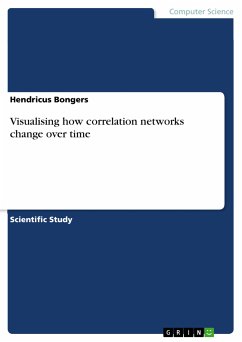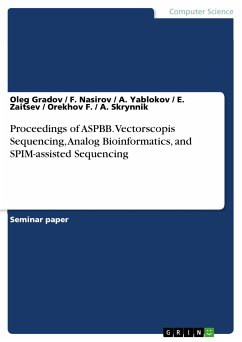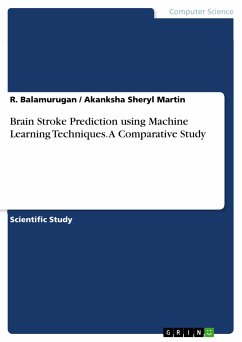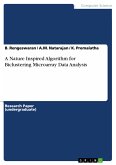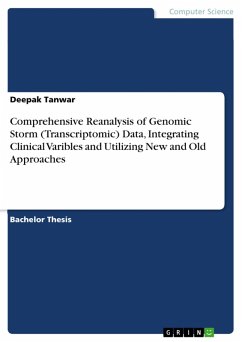Scientific Study from the year 2016 in the subject Computer Science - Bioinformatics, grade: 8.5/10, Maastricht University (Department of Data Science and Knowledge Engineering), language: English, abstract: This thesis is made to research and develop a tool for visualising gene expression data. The report will describe and illustrate how correlations between genes will change in a time course. The tool that is developed can be widely used in biology (e.g. toxicology, studying the cell cycle, studying the progression of diseases) and the 3D environment gives better insights in the gene expression data. For this research the given data will be preprocessed first before analysing. After this step the unexpressed genes will be filtered out. The remaining genes will be used to make a correlation matrix. The correlation matrix will be clustered in smaller matrices to make it easier for algorithms to analyse the data. An advantage of clustering is that it can visualise the inter- and intra-cluster correlations. After the clustering step two filtering algorithms will be used on each cluster to retrieve the final correlation networks. The clustering and filtering is done for every time point. Between this the data is interpolated for smooth simulation. All clusters will be visualised in 3D environment and will be made interactive by using virtual reality. This thesis has as a goal to develop a tool that gives insight on how correlation networks change in a time course and give answers to the following questions: Which simulation techniques work best? What layout algorithm will give the best visual outcome? Will a 3D environment improve readability of the data? Which filters are applicable to the data?

